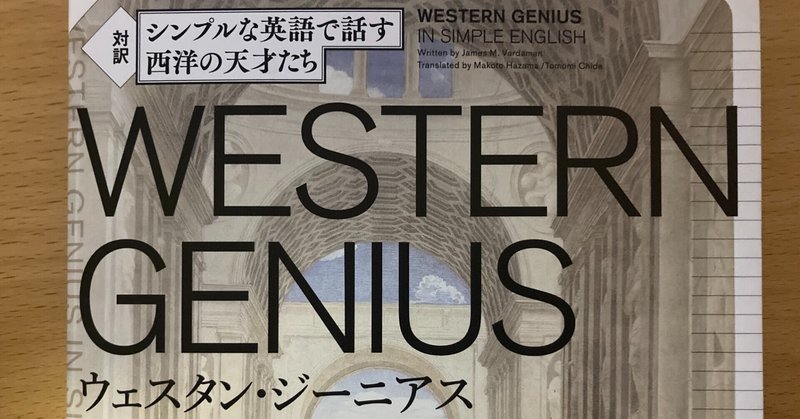
Alan Turing’s “Machine”
Perhaps the most revolutionary technological invention of the 20th century was the computer. So many ideas and technological advances went into creating the modern computer that it is foolish to give one individual credit for inventing it. One major contributor, however, was a British mathematician named Alan Turing.
When Turing published a paper in 1937 on computing numbers on an imaginary machine using tape, few experts understood his ideas. Later on, however, they would called it a “Turing machine.” It was an early attempt to imitate logical human thought.
During World War II, Turing and others working for the British government, built a series of machines designed to crack codes used in enemy communications. British experts worked at breaking the German military Enigma codes, used in communicating between German headquarters and troops in the field.
The British machine which was used to decipher German codes was called Colossus. Turing played a crucial role in designing this computer-like machine that could break codes the Germans used to communicate with U-boat submarines in the North Atlantic.
After the war ended, Turing published an important article in the British journal Mind. In it, he proposed an “imitation test,” which was later called the “Turing test.” A questioner is placed in a closed room and communicates with two subjects, one is a human and the other is a computer. If the questioner cannot determine by responses to questions which of the two is the computer, then the computer can be said to “think” just like a human.
(253 words)
この記事が気に入ったらサポートをしてみませんか?
